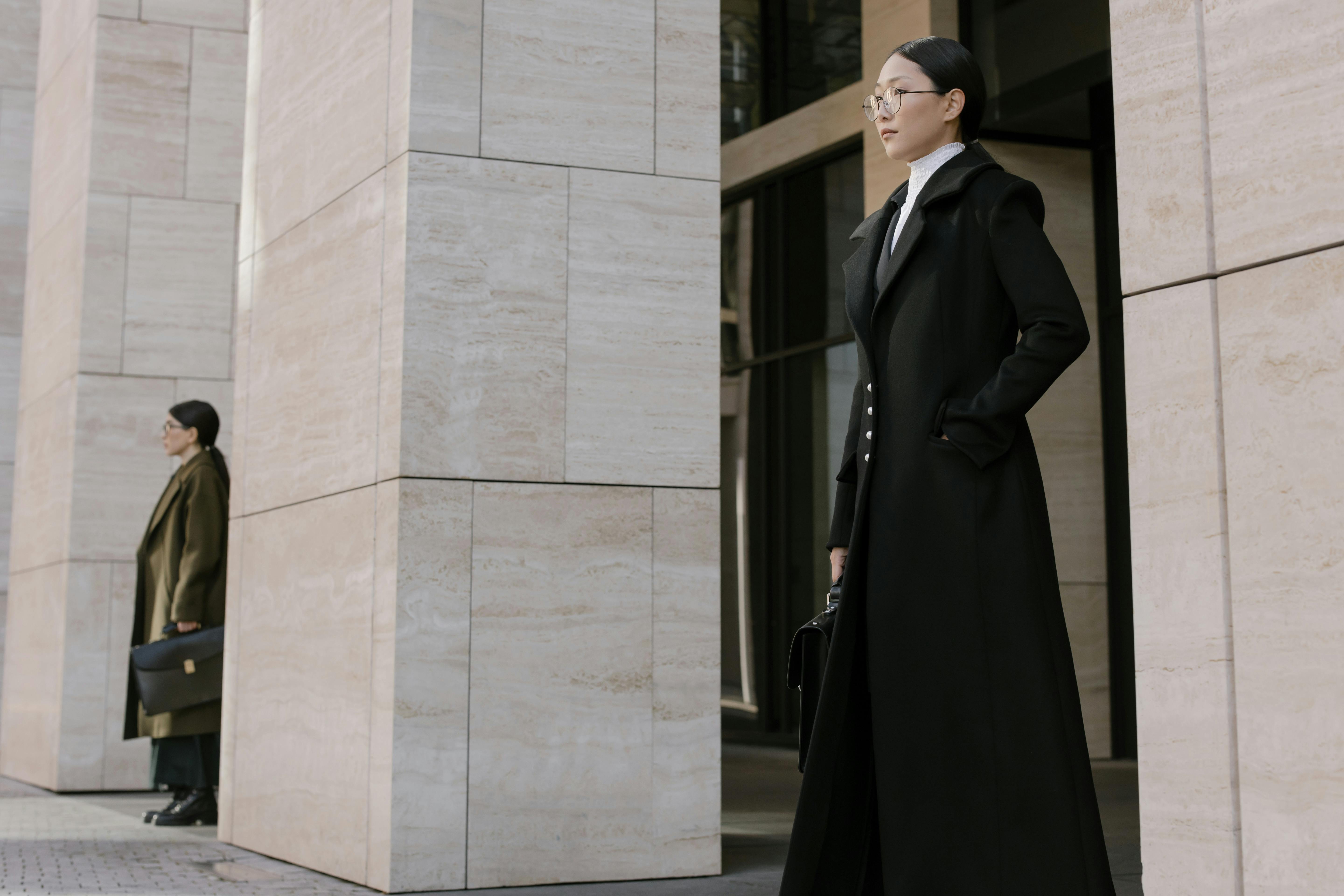
by lord byron "she walks in beauty"
admin
- 0
Lord Byron’s opening couplet to “She Walks In Beauty” is among the most memorable and quoted lines in romantic poetry. The opening lines are natural, graceful, and beautiful, a fitting combination for his poem about a woman who possesses effortless beauty and grace.
life in england
Lord Byron was born George Gordon Noel Byron in London in 1788. He became Lord in 1798 when he inherited his great-uncle’s title and estate. Byron’s mother had taken him to Scotland to have his clubfoot treated, but she brought him back to England to claim the title and inheritance from him.
Byron received private tuition in Nottingham for a brief period. He then studied at Harrow, Southwell and Newstead, and finally at Trinity College. Byron discovered a talent for writing poetry and published some of his first poems in 1806 and his first collection, called Hours of Idleness, in 1807 at the age of 19. When he turned 21, he was able to take a seat in the House of Lords.
However, Lord Byron left England for two years with his friend, John Hobhouse, to travel in Europe. They toured Spain, Malta, Greece and Constantinople. Greece especially impressed Byron and would create a recurring theme in his life.
After returning to England, Lord Byron made his first speech before the House of Lords. Later that year he published a “poetic travelogue” titled, Childe Harold’s Pilgrimage, a respectable collection of verses about his recent travels in Europe. The collection brought Lord Byron lasting fame and admiration. Lord Byron had become something of a ladies’ man, and his newly gained celebrity brought him a series of affairs and courts.
Lord Byron married Anna Isabella Milbanke in 1815 and their daughter, Augusta, was born that same year. However, the marriage did not last long. In early 1816, Anna and Augusta left Lord Byron and that same year he filed for legal separation and left England for Switzerland, a self-imposed exile.
life in europe
While in Switzerland, Lord Byron stayed with Percy Bysshe Shelley, a noted metaphysical and romantic poet, and had an illegitimate daughter, Allegra, with Claire Clairmont. After he finished that affair, Lord Byron and his friend, John Hobhouse, traveled through Italy, settling first in Venice, where he had a couple more affairs, including an affair with nineteen-year-old Countess Teresa Guicciolo. . Here Lord Byron began his most famous and acclaimed work, the epic poem Don Juan.
Lord Byron and Teresa moved to Ravenna, then Pisa and then Leghorn, near Shelley’s home, in 1821. The poet Leigh Hunt moved in with Lord Byron later that year after Shelley drowned off the coast. near Leghorn in a storm. Lord Byron contributed poetry to Hunt’s newspaper, the liberaluntil 1823 when he took the opportunity to travel to Greece to act as an agent for the Greeks in their war against Turkey.
Lord Byron used his personal finances to help finance some of the battles of the Greeks against the Turks. He even led a force of three thousand men in an attack on the Turkish-held fortress of Lepanto. The siege was unsuccessful and the forces withdrew. At this time, Lord Byron suffered one or two epileptic seizures. The remedy of the day, bloodletting, weakened him.
Six weeks later, during a particularly cold storm, Lord Byron caught a bad cold. The accompanying fever was treated with repeated bleeding by trusted physicians, but his condition worsened until he finally slipped into a coma and died on April 19, 1824.
Lord Byron was a hero in Greece and was deeply mourned there. His heart was buried in Greece and his body was sent to England, where he was buried in the family vault near Newstead. He was denied burial at Westminster Abbey due to the perceived immorality of his life and numerous controversies. Finally, in 1969, 145 years after his death, a monument was placed in Westminster Abbey’s Poets’ Corner, commemorating his poetry and his achievements.
Shortly after his arrival in Greece, Lord Byron had written these appropriate lines.
“Search, less often sought than found,
The grave of a soldier, for you the best
So look around you, and choose your terrain,
And rests”.
An interesting and exceptional biography of Lord Byron’s life was written in 1830 by a friend and contemporary, John Galt, entitled, Lord Byron’s life. The 49 chapters give a good measure of Lord Byron’s complexity.
“She Walks in Beauty”
In June 1814, several months before he met and married his first wife, Anna Milbanke, Lord Byron attended a party at Lady Sitwell’s. While at the party, Lord Byron was inspired by the sight of his cousin, the beautiful Mrs. Wilmot, wearing a sequined black mourning dress. Lord Byron was struck by the dark hair and fair face of his cousin, the mixture of various lights and shadows. This became the gist of her poem about her.
According to his friend, James W. Webster, “I took him to Lady Sitwell’s party in Seymour Road. There he first saw his cousin, the beautiful Mrs. Wilmot. When we returned to his rooms in Albany, he said little, but asked to Fletcher to give him a glass of brandy, which he drank at once to Mrs. Wilmot’s health, then retired to his rest, and was, I learned afterwards, in a sad state all night long lines about her – She walks in Beauty as the Night…”
The poem was published in 1815. Also in that year, Lord Byron wrote a series of songs that Isaac Nathan would perform to traditional Jewish tunes. Lord Byron included “She Walks in Beauty” with those poems.
she walks in beauty
1
She walks in beauty, like the night
Of clear climates and starry skies;
And all the best of dark and bright
Know in his appearance and in his eyes:
So softened to that tender light
that the sky until the striking day denies.
2
One more shadow, one less ray,
Had half odd nameless grace
that waves in every raven’s hair,
o softly illuminates his face;
Where serenely sweet thoughts express
How pure, how dear her abode!
3
And on that cheek, and on that forehead,
So soft, so quiet, yet eloquent,
The smiles that win, the tints that shine,
But it speaks of days spent in goodness,
A mind at peace with all below,
A heart whose love is innocent!
discussion of the poem
The first few lines can be confusing if not read correctly. Too often, readers stop at the end of the first line where there is no punctuation. This is a split line, which means it continues without a pause on the second line. That she walks in beauty like night may not make sense since night represents darkness. However, as the line continues, the night is cloudless with bright stars to create a beautiful soft glow. The first two lines bring together the opposite qualities of darkness and light that are at play throughout the three verses.
The remaining lines of the first verse employ another set of split lines that tell us that her face and eyes combine the best of dark and bright. No other physical features of the lady are mentioned here or anywhere else in the poem. The focus of the vision is on the details of the lady’s face and eyes that reflect the soft and tender light. She has a remarkable quality of being able to contain the opposites of dark and bright.
The third and fourth lines not only split, but the fourth line begins with an irregularity in the meter called metric substitution. The fourth line begins with a stressed syllable followed by an unstressed syllable, instead of the iambic meter of the other lines, an unstressed syllable followed by a stressed syllable. The result is that the word “Know” receives attention, an emphasis. The unique feature of the lady is that the opposites of her “meet” in her in a wonderful way.
The second verse tells us that the radiance of the lady’s face is almost perfect. The shadows and the lightning are in just the right proportion, and because they are, the lady possesses a nameless grace. This conveys the romantic idea that her inner beauty is reflected in her outer beauty. Her thoughts are serene and sweet. She is pure and dear.
The last verse is divided between three lines of physical description and three lines describing the moral character of the lady. The soft and calm glow of her reflects a life of peace and goodness. This is a repetition, an emphasis, of the theme that a lady’s physical beauty is a reflection of her inner beauty.
Lord Byron greatly admired his cousin’s serene qualities on that particular night and has left us an inspired poem.
The poem was written shortly before Lord Byron’s marriage to Anna Milbanke and published shortly after the marriage.

